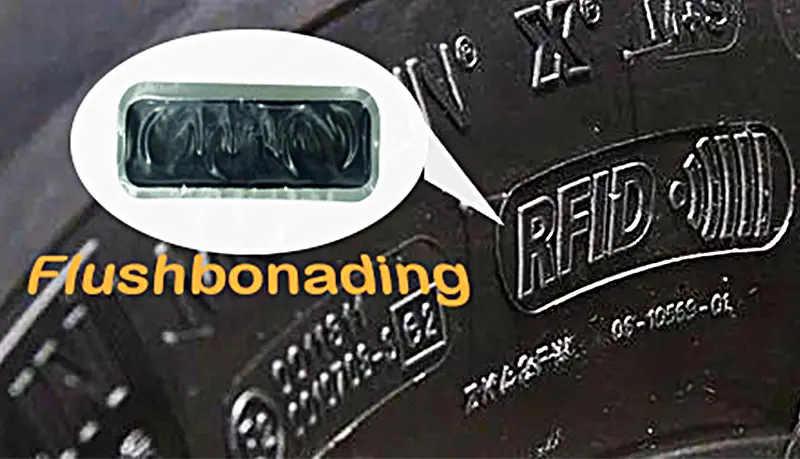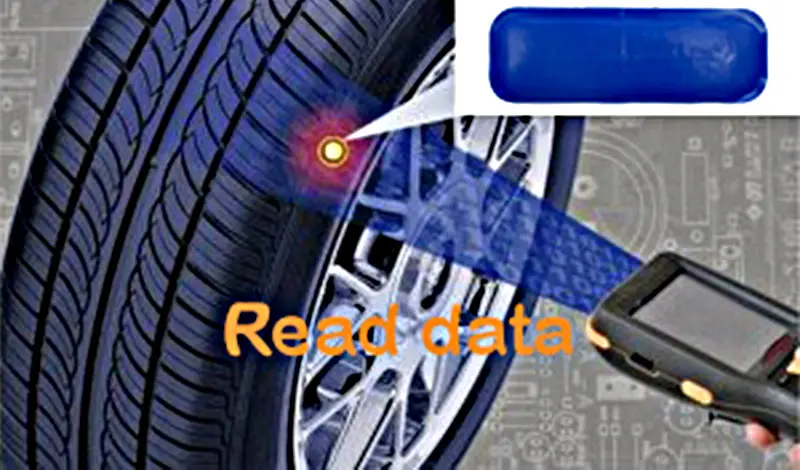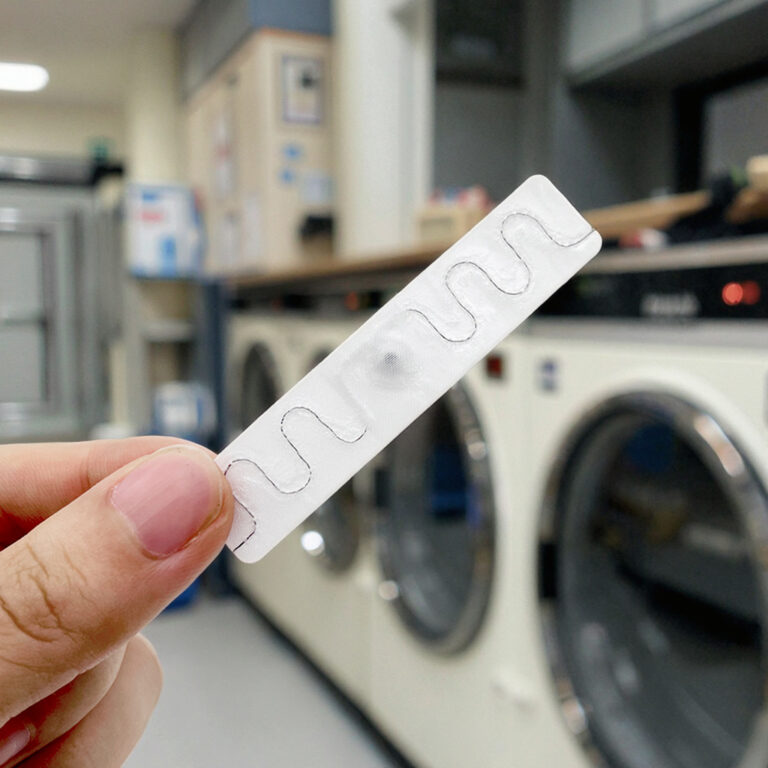RFID tire tags improve vehicle management efficiency
Many large vehicle management companies, such as bus companies, have a large number of internal tires, frequent circulation, high data update frequency, and heavy tasks for tire management personnel. When using, repairing, retreading, and managing tires, the current method is to mark the tires manually, and then use paper records to record the usage of the tires. However, there are many problems: manual branding and manual transcription can easily lead to information confusion, and the subjectivity is very arbitrary. It is easy to have one tire corresponding to multiple identification numbers, or multiple tires corresponding to one identification number, so it is impossible to track and query tire information. Manual branding will also cause problems with damaged tires and difficult identification of branding numbers, tire circulation processes are numerous and wide-ranging, often resulting in unmonitored tire storage, distribution, and information tracking.
During tire production, the basic information of the tire is written on the RFID tag, including material, warranty period, manufacturer, serial number, etc. The electronic tag is regarded as the carrier of tire data and participates in the information management of its life cycle. In the process of tire storage management, RFID electronic tags are used as information carriers, which can be identified by RFID reading and writing equipment, to realize intelligent warehouse management of tires, automatic in-out and inventory management, and avoid inventory backlog or insufficient supply. In the process of tire sales and transportation, different dealers must be equipped with RFID handheld terminals to ensure the quality of tires, avoid fake and shoddy products from flowing into the market, and provide a favorable guarantee for consumer rights. in the after-sales management process, consumers can rely on RFID. The relevant information stored in the label is used as the basis for claim settlement to realize the maintenance of consumers’ rights and interests, thereby realizing the traceability management of the tire’s full life cycle.

And inlaying on the inner wall of the tire is to put a rubber label into the inner wall of the tire, and the electronic label of the inner wall of the tire is inlaid. Using tire glue to fix the electronic tag on the inside of the tire, because it does not need to go through the tire vulcanization production process, compared with the spring tag, the characteristics of high-temperature resistance and corrosion resistance are much worse. The inlay method of the inner wall of the tire is generally used for the management of the tire assets by the tire management unit and is often used in the management of the bus in China.
What are the benefits of using RFID tire labels?
In the application of bus tire management, for each tire operation, such as quality inspection, road team distribution, inventory check, tire disassembly, etc., the management personnel only need to scan the tire with the handheld device, and then upload the tire operation information. to the network management terminal to form an electronic work record. At the same time, tires and buses can be bound, and a vehicle identification tag containing an ultra-high frequency RFID chip is attached to the lower right corner of the front windshield of each bus. When installing tires for the first time, you need to bind the body tag to the tire tag with a handheld device, to provide reliable data for tire maintenance and retreading.

Compared with traditional technology, tire management using UHF RFID technology has the following advantages.
- Non-contact data collection: UHF RFID technology greatly enhances the manager’s ability to collect, exchange and track the information of the collected objects.
- High security: The data access of the tag is password-protected, the identification code is unique and cannot be imitated, and the tag indicates encryption technology. This highly secure protection measure makes the data on the tag not easy to be forged and tampered with.
- Small size and diverse shapes: it can be implanted in the tire in the form of a spring tag, or a small piece of rubber can be embedded inside.
- Reusable: The UHF RFID chip has a lifespan of up to 50 years at room temperature, and supports more than 100,000 repeated writes.
In addition, after the tire intelligent management system is perfected, it will also be connected with intelligent systems such as intelligent bus departure and speed limit monitoring, which will greatly increase driving safety. For example, if the tire pressure is much lower or higher than the normal value of the specified tire pressure during driving, the system will automatically pop up a warning message, and the staff can deal with the prompt information in a timely and accurate manner to avoid a tire blowout accident happened.





